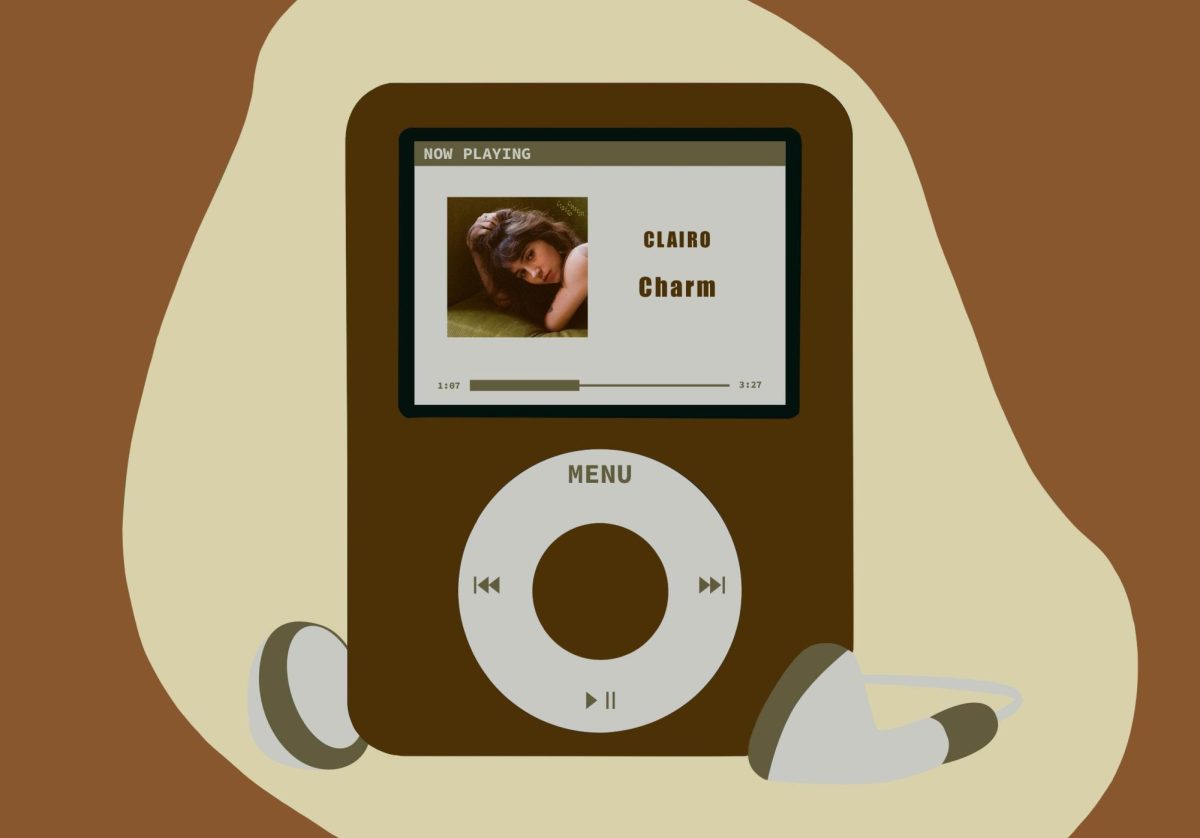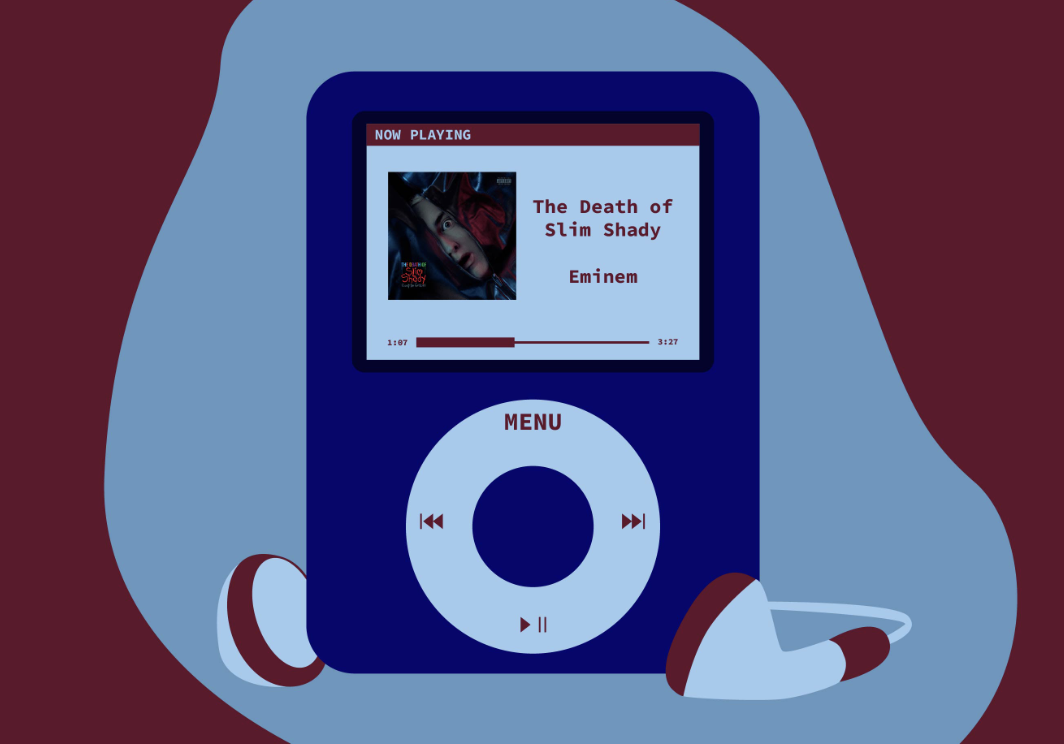Most albums last between 30 and 60 minutes, but ambitious musicians are venturing to break the mold by producing lengthy works that reimagine what is possible for an album.
Advancements in sound technology have allowed for the limits of music and audio to be pushed to new extremes.
Many long-form albums tend to be ambient or instrumental works that function as background noise rather than something to be listened to intently, said University of Minnesota Associate professor of music theory Sumanth Gopinath.
“With the advent of streaming and the ability to listen to music continuously, more people are used to listening to music for long stretches of time while doing various activities — which isn’t the same as setting aside time for a dedicated musical experience in a concert or listening session,” Gopinath said.
A commonly-cited example of a “longest album” is “Sleep” by composer Max Richter, which is 8 hours and 24 minutes long. In the notes to the album Richter describes “Sleep” as an “eight-hour lullaby that is meant to be listened to at night.”
Francisco Lopez, an experimental musician from Spain, has been making art for over 40 years and has had sound installations in museums all over Europe. “untitled #305 [seven nights]” is an album by him that is 56 hours long.
“‘untitled #305’ was created by means of a long process of evolutionary transformation of original-environmental recordings, through many generations of mutation, recombination and diversification of sonic materials,” Lopez said. “Contrary to what most people think, this is not a process of ‘abstraction’ but rather the opposite: a method to get to the more ‘concrete’ and specific essence of sonic ontology.”
The modification and recombination of sounds is a common way to create music that seemingly lasts an eternity. British composer Jem Finer used a computer algorithm and six 20-minute loops of singing bowls and gongs to create Longplayer, a song that started on Jan. 1, 2000, and will play until Dec. 31, 2999.
“Without the time limits historically imposed by physical-recording media, an album could, in principle, stretch on indefinitely — one could easily imagine the extreme case of a subscription-based model of an artist or group of artists playing every day, perhaps even in a tag-team 24/7 format, for as long as listeners are willing to pay and listen,” said associate professor of ethnomusicology Scott Currie.
Bull Of Heaven, a band composed of Neil Keener and Clayton Counts, who died in 2016, composed one of the longest pieces of music of all time.
They released the song “310: ΩΣPx0(2^18×5^18)p*k*k*k,” on July 14, 2014. The song plays as an audio file stretched out and looped in a similar way to Longplayer, clocking in at 3.34 quindecillion years long. For reference, the Big Bang is theorized to have happened around 13 billion years ago, meaning this song is about 2.57*10^38 times the age of the universe.
Modern technology has been able to push the boundaries of music to infinity, and these works are a testament to the limitless possibilities of music. While you may never be able to listen to “310: ΩΣPx0(2^18×5^18)p*k*k*k” all the way through, its mere existence is evidence of the extent to which art and technology will continue to break ground.






















